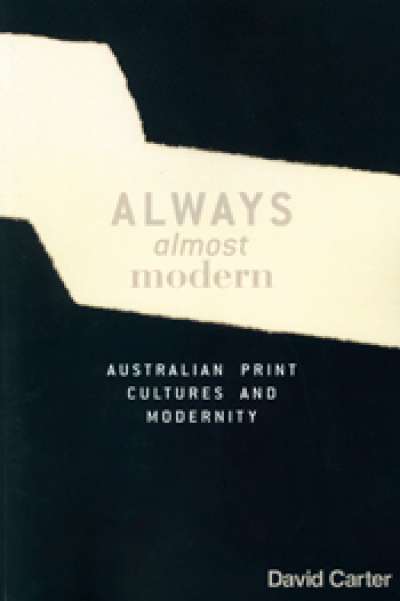David Carter
What do we do with literary magazines? How do we read these more or less accidental collections of literary fragments? How can we say that they matter? It would be nice if we could hold on to the heroic model of the modernist little magazine always ‘making it new’, forging a space for the advance guard, with what Nettie Palmer once called a ‘formidable absence of any business aims’. But, in the age of state subsidy and university support, and with large publishing houses intervening in the magazine market place, this would be sheer nostalgia – though in a form that might still motivate new magazine projects.
... (read more)Australian Books and Authors in the American Marketplace 1840s–1940s by David Carter and Roger Osborne
Always Almost Modern: Australian print cultures and modernity by David Carter
With the centenary of Patrick White’s birth being celebrated this year, it seems appropriate to highlight the great legacy that White left Australian writers in the form of the Patrick White Literary Award. On 16 November, the 2012 Award was presented to novelist, short story writer, and essayist Amanda Lohrey, the thirty-ninth winner since the Award was first presented, to Christina Stead, in 1974.
... (read more)


